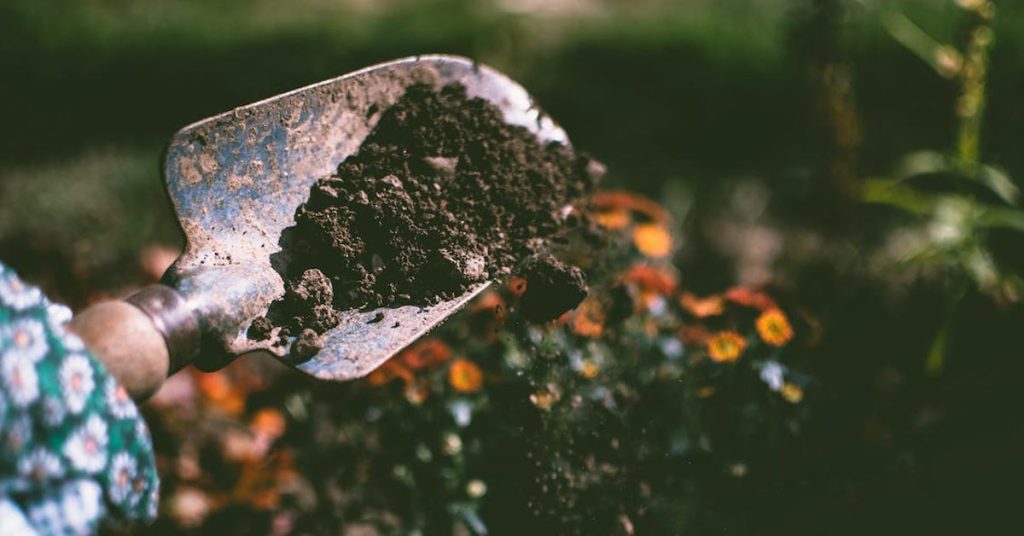Digging might seem like a straightforward task, but not all soil is created equal. From your garden’s soft surface to the hard layers beneath, effective digging techniques can save time, energy, and prevent damage to tools. Whether you’re a gardening enthusiast or someone just looking to install a fence, these techniques will make the process smoother.
Among the many tools available, rock augers stand out as an effective option, especially when dealing with rocky terrains. Let’s delve into some effortless digging techniques that will make your work, quite literally, a ground-breaking experience!
1. Know Your Ground
Before you begin any digging task, it’s essential to understand the type of soil you’re dealing with:
JOIN US TO STAY UPDATED ON YOUR FAVORITE MESSENGER APP!
- Sandy Soil: Easily crumbles and doesn’t hold together well.
- Clay Soil: Hard when dry and sticky when wet.
- Loamy Soil: A balanced mixture of sand, silt, and clay.
Knowing your soil type helps in choosing the appropriate tools and techniques.

2. Picking the Right Tools
Selecting the right tool can make a world of difference:
- Hand Trowel: Perfect for light tasks like planting flowers.
- Spade: Useful for digging small holes or edging.
- Shovel: Best for moving large amounts of soil.
- Rock Augers: These are specially designed for drilling into rocky terrains and hard soil layers. Their helical design ensures efficient removal of debris, making the digging process easier.
3. Softening the Soil
If you’re dealing with hard soil, especially clay, it can be back-breaking to dig straight into it. Here are ways to soften the ground:
- Water: Simply moisten the area you plan to dig. Let it sit for a few hours or overnight. This will make the soil easier to work with.
- Organic Matter: Mixing compost, leaves, or manure can improve soil texture and ease the digging process.
4. Technique Matters
Now that you have the right tools and softer soil, let’s focus on the actual digging:
- Start Small: Begin with a small hole to gauge the soil’s resistance.
- Leverage Your Body: Use your weight to press down on the tool rather than just using arm strength. This ensures deeper penetration with less effort.
- Keep Tools Sharp: A sharp blade will cut through soil more efficiently than a dull one. Regularly maintain your tools to ensure longevity and ease of use.
5. Safety First
Digging might seem harmless, but there are risks:
- Beware of Utilities: Always check for utility lines before you begin digging, especially if you’re digging deep.
- Mind Your Posture: Bend at the knees, not the waist, to avoid back strain.
- Hydrate: Digging is physical work. Stay hydrated, especially in warmer weather.
6. Breaking Up Hard Patches
Sometimes, even with all these techniques, you might encounter stubborn patches of rocky or compacted soil. This is where tools like rock augers come in handy. For smaller patches:
- Use a Bar: A digging or pry bar can help break up compacted areas.
- Apply Vinegar: For very compacted soil, spraying a solution of equal parts water and vinegar can help break it down. However, avoid using this around plants as it can change the soil’s pH.
Finishing Up
Once your digging task is done:
- Restore the Topsoil: If you’ve disrupted the upper layer of soil, try to replace it. Topsoil is nutrient-rich and crucial for plant growth.
- Compress Gently: If you’re planting or installing posts, you’ll want to compress the soil lightly to remove air pockets. However, avoid compacting it too much, as this can prevent water absorption and root growth.
While digging may initially seem like a mere physical task, the nuances involved can transform it from a chore into an art. With the right knowledge, tools, and techniques, anyone can master the act of digging effortlessly from the surface to deeper layers of soil. Whether you’re using a simple trowel, a robust shovel, or specialised tools like rock augers, remember to work smart, not hard. Your back, garden, and projects will thank you!
ⓘ As part of our ongoing support for startups and SMEs, LAFFAZ Media publishes feature and resource articles that may include references and links to external websites. These inclusions are selected at our editorial discretion to provide valuable information to our readers. LAFFAZ Media does not control, endorse, or assume responsibility for the content or practices of external websites. For more details, please refer to our Terms and Conditions.




